Why so many women are struggling with 'analysis paralysis' syndrome
Like a half-eaten bag of spinach, assertiveness is something we often observe from afar and wonder what to do with, argues Abigail Mann. Seems we're looking for role models in all the wrong places
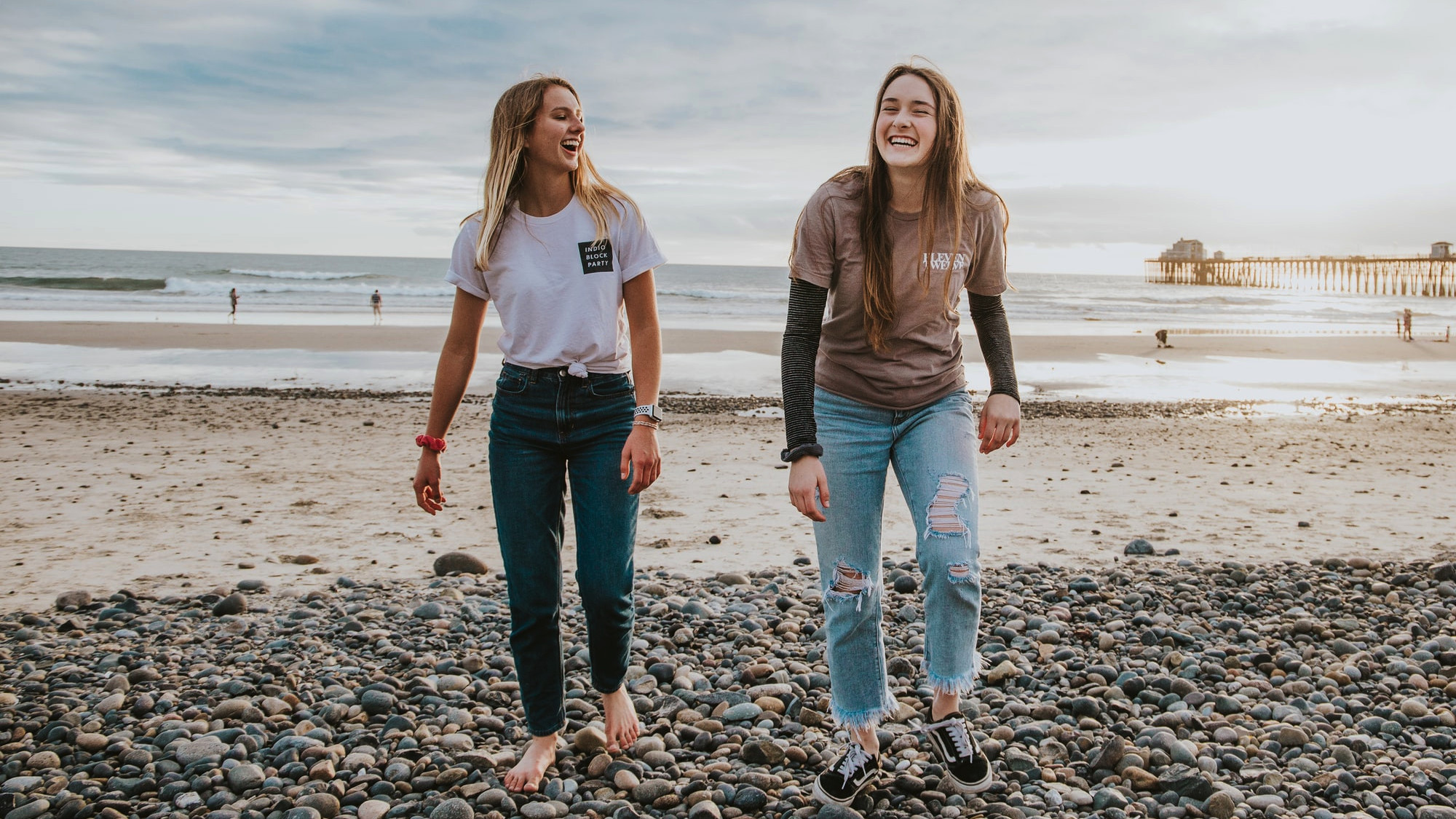
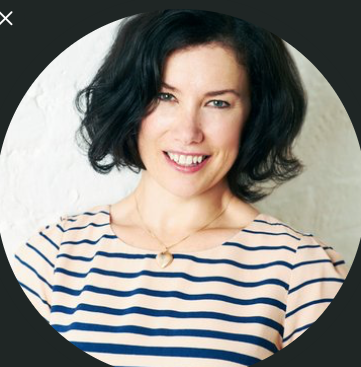
Like a half-eaten bag of spinach, assertiveness is something we often observe from afar and wonder what to do with, argues Abigail Mann. Seems we're looking for role models in all the wrong places
When seeking life advice, so many of us turn to social media influencers for direction. You know the type: the ones with pebble-smooth skin who churn out empowering, feminist captions and twist themselves into human pretzels five times a week. If only we were a little more like them. A little louder. A little more unique. A little more… bendy. Could it be that we’re looking for role models in the wrong places?
When asking friends to describe the most assertive person they know, so many chose older women. One spoke about her grandma, who destroyed Nazi propaganda in occupied France. Another chose her mum, who dances on a bustling high street when the buskers are particularly groovy. Sharp-tongued broadcasters spring to mind, the kind who won’t entertain politicians with private school bravado. For me, it’s my nan.
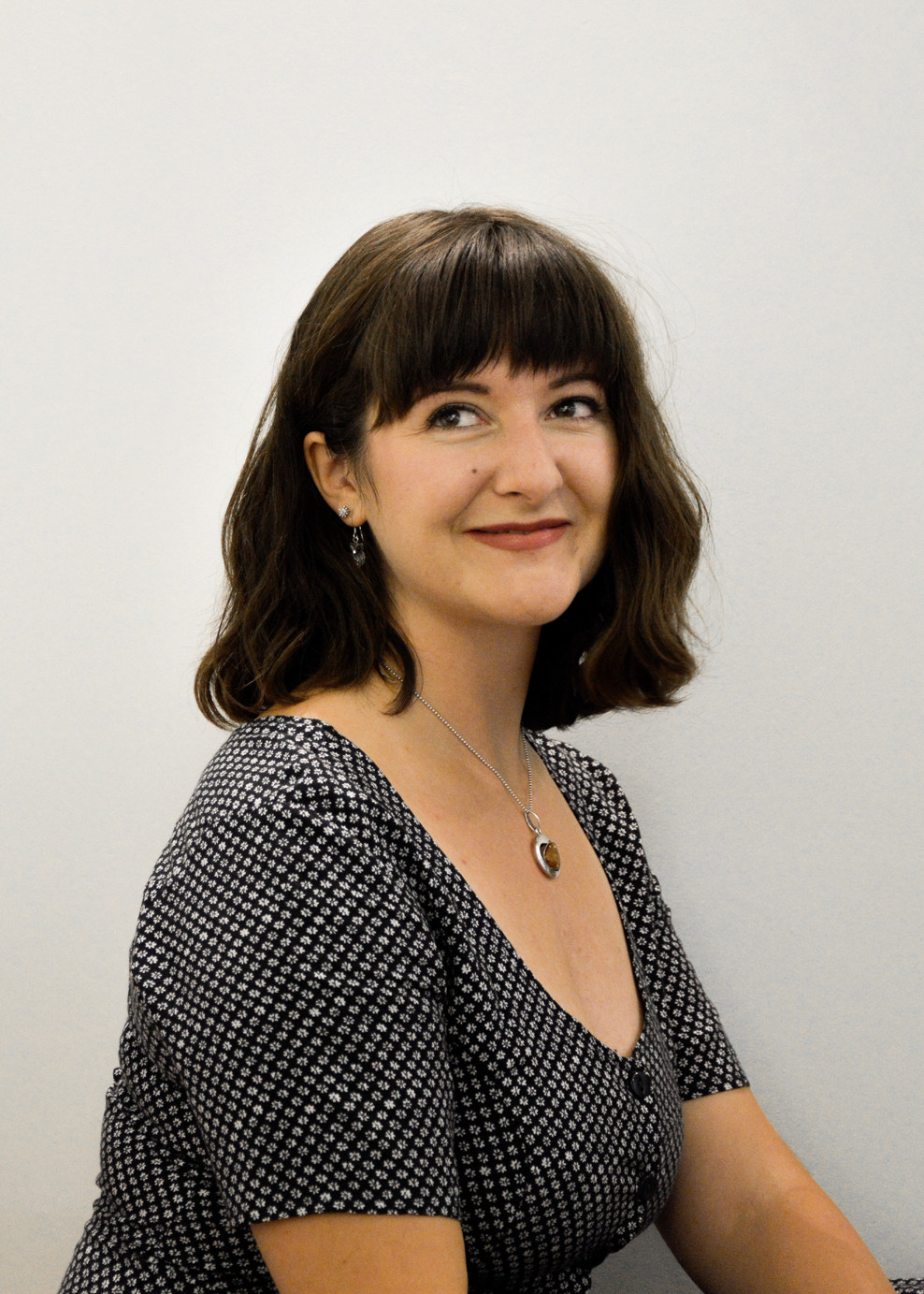
She has such particular ideas about shelf stacking that the staff at M&S gave her a bunch of flowers every week during lockdown, quite possible because they’re absolutely terrified of her. It’s not quite destroying Nazi posters, but if you’ve ever jostled elbows with a pensioner pawing through the reduced aisle of an M&S Simply Food, you’ll know what single-minded tenacity looks like when gourmet fishcakes are up for grabs.
Like a half-eaten bag of spinach, assertiveness is something we often observe from afar and wonder what to do with. I have always been seen as a confident person, but assertive? No. If a waiter delivered a crab salad to my table when I ordered a lasagne, I’d rather use an epilator on my eyebrows than send it back. It’s a theme I explore in my novel, The Lonely Fajita, which is a predictably safe way to explore a concept I find quite intimidating.
The art of assertiveness
It's ‘trialling’ what a more assertive life might look like rather than actually, you know… doing it. In the novel, my protagonist, Elissa, is in her mid-twenties and constantly polices her own behaviour. She fills awkward silences with word vomit, tries her best to be ‘agreeable’, and is rewarded with an unpaid internship and casual sexism in the workplace.
Like all insecurities, society has found a way to package this up and sell it back to us in the form of £600 assertiveness retreats, motivational posters, and iconic speakers who have ‘crafted’ the art of assertiveness like a pearl-inlaid jewellery box. If we’re going to become a bolshier generation, we need our role models to be a little closer to home.
Marie Claire Newsletter
Celebrity news, beauty, fashion advice, and fascinating features, delivered straight to your inbox!
In that famous clip from Fleabag that has now been viewed half a million times on YouTube, Kristin Scott Thomas performs a monologue about womanhood. Her character Belinda states that men “invent all these gods and demons and things just so they can feel guilty about things, which is something we do very well all on our own… then the menopause comes… you’re free, no longer a slave, no longer a machine with parts, you’re just a person.”
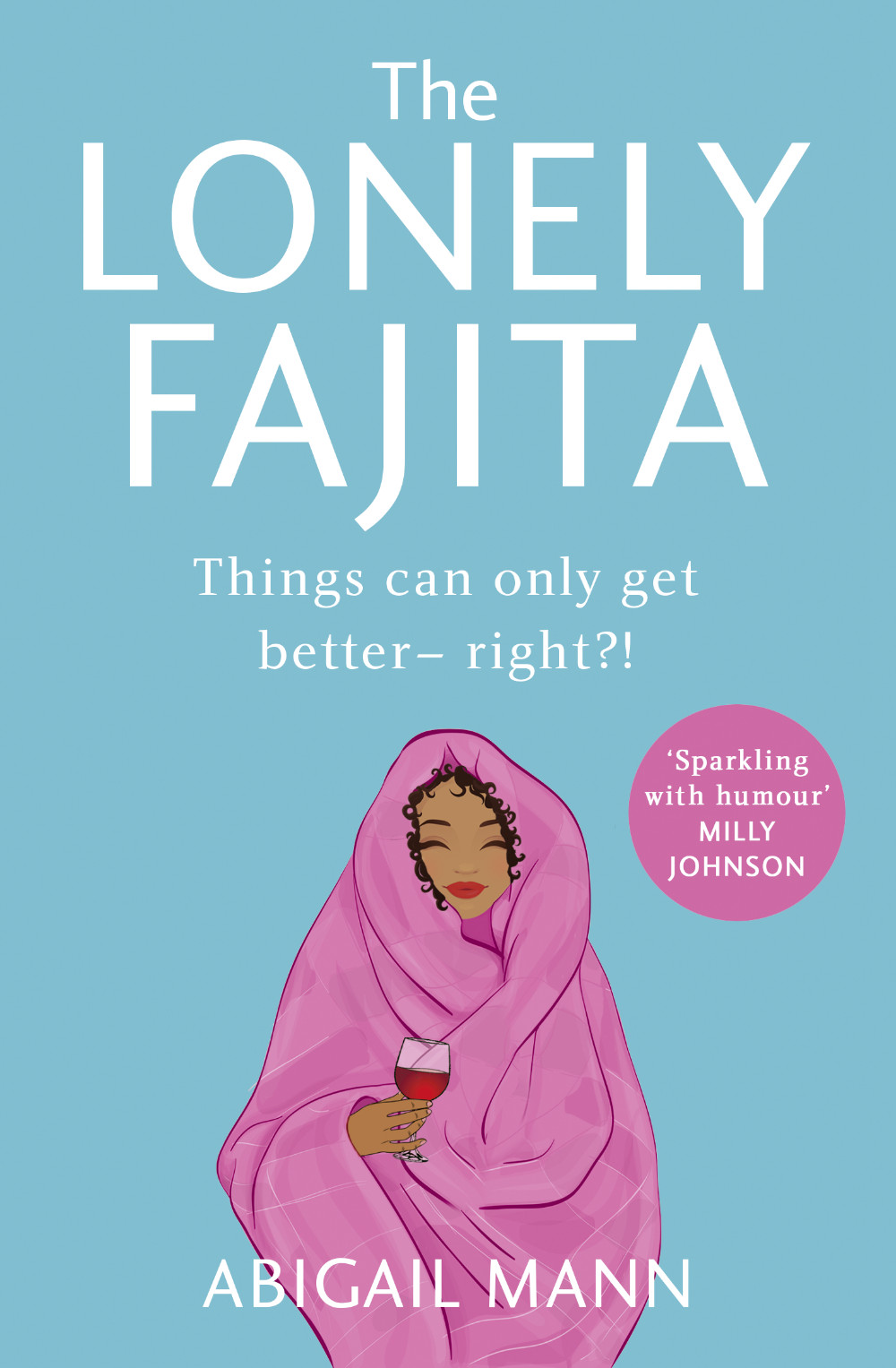
Watching it for the first time, I felt like a gong had struck behind my eyes. I’d never thought of the menopause as an enviable milestone, but if it means I’d be able to beep my horn when someone undercuts me (on the road, but also, you know, in life) then I’m all ears.
So what actually changes as we get older? Why do young women struggle with assertiveness so much more than their older peers? The answer may not be in what they have, but what they don’t have: a desire to file off the edges of their personality in order to get on with their life.
Emulate older women
Whether subconsciously or not, attractiveness is so often judged as the highest currency a woman has, both in appearance and personality. When the need to be palatable butts head with our own wants and wishes, it’s no wonder so many young women experience analysis paralysis. By middle-age, we’ve run out of cares to give. Quite simply, we know who’s worth impressing and who isn’t.
If we shed this outdated expectation a few decades early, think of the possibilities. It would feel like binning a bra that’s been torturing us with broken underwire for years.
Take up your space
In my novel, Elissa takes the lead from her geriatric housemate Annie; a stubborn, 83-year-old Northerner who teaches her how to recognise her worth and take up space without constantly worrying about putting others out. Ultimately, this is what we should all be doing.
Let’s emulate the older women in our lives. Life really is too short to let someone else take the last vol-au-vent. Embrace conflict. No one asked you to manage the emotional wellbeing of everyone you meet, so stop doing it. Send that dish back. Leave the party when you’ve stopped having fun. Ask that man out for a drink. Dance when no one else does.
The Lonely Fajita (Avon) by Abigail Mann is out now
Maria Coole is a contributing editor on Marie Claire.
Hello Marie Claire readers – you have reached your daily destination. I really hope you’re enjoying our reads and I'm very interested to know what you shared, liked and didn’t like (gah, it happens) by emailing me at: maria.coole@freelance.ti-media.com
But if you fancy finding out who you’re venting to then let me tell you I’m the one on the team that remembers the Spice Girls the first time round. I confidently predicted they’d be a one-hit wonder in the pages of Bliss magazine where I was deputy editor through the second half of the 90s. Having soundly killed any career ambitions in music journalism I’ve managed to keep myself in glow-boosting moisturisers and theatre tickets with a centuries-spanning career in journalism.
Yes, predating t’internet, when 'I’ll fax you' was grunted down a phone with a cord attached to it; when Glastonbury was still accessible by casually going under or over a flimsy fence; when gatecrashing a Foo Fighters aftershow party was easy-peasy-lemon-squeezy and tapping Dave Grohl on the shoulder was... oh sorry I like to ramble.
Originally born and bred in that there Welsh seaside town kindly given a new lease of life by Gavin & Stacey, I started out as a junior writer for the Girl Guides and eventually earned enough Brownie points to move on and have a blast as deputy editor of Bliss, New Woman and editor of People newspaper magazine. I was on the launch team of Look in 2007 - where I stuck around as deputy editor and acting editor for almost ten years - shaping a magazine and website at the forefront of body positivity, mental wellbeing and empowering features. More recently, I’ve been Closer executive editor, assistant editor at the Financial Times’s How To Spend It (yes thanks, no probs with that life skill) and now I’m making my inner fangirl’s dream come true by working on this agenda-setting brand, the one that inspired me to become a journalist when Marie Claire launched back in 1988.
I’m a theatre addict, lover of Marvel franchises, most hard cheeses, all types of trees, half-price Itsu, cats, Dr Who, cherry tomatoes, Curly-Wurly, cats, blueberries, cats, boiled eggs, cats, maxi dresses, cats, Adidas shelltops, cats and their kittens. I’ve never knowingly operated any household white goods and once served Ripples as a main course. And finally, always remember what the late great Nora Ephron said, ‘Everything is copy.’
-
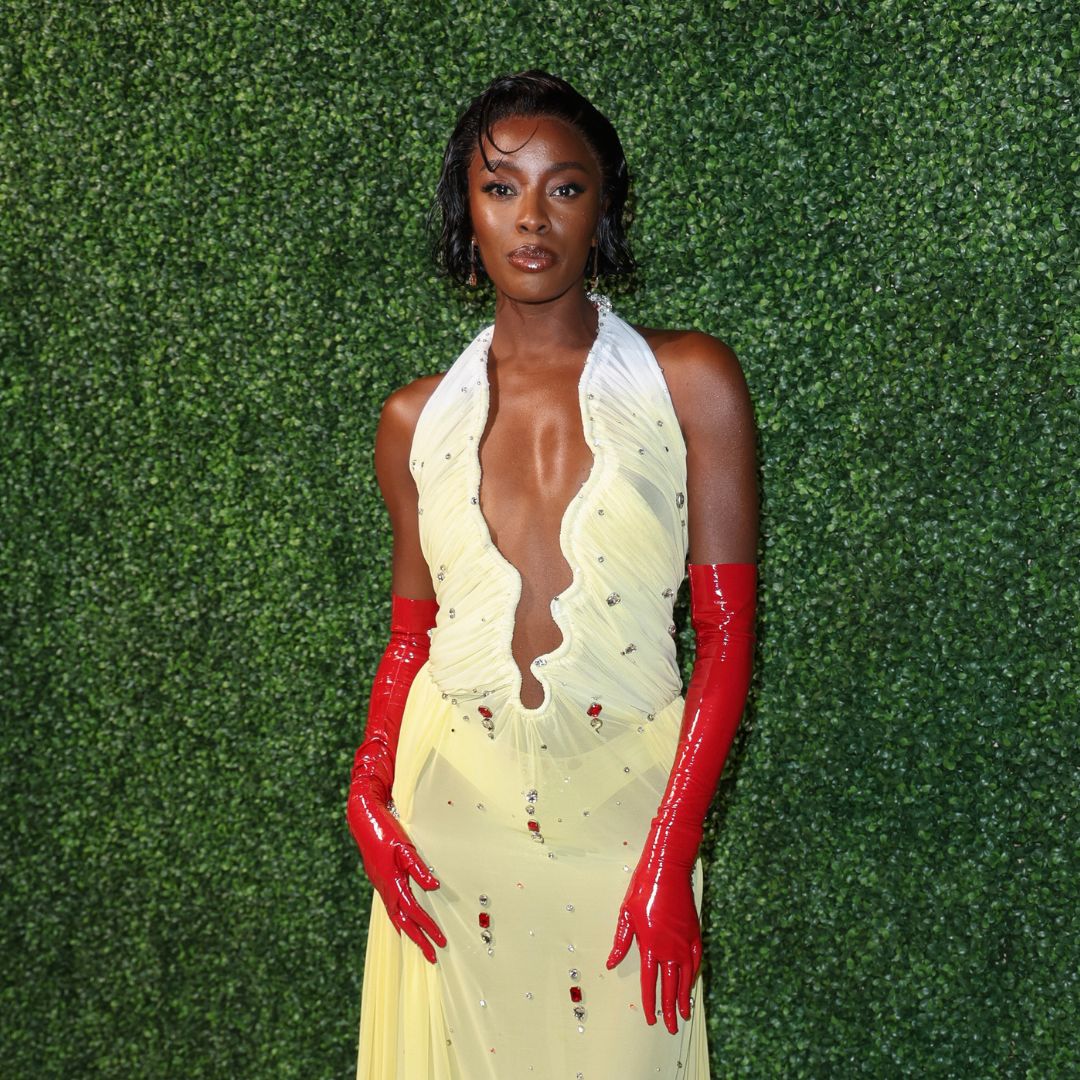 Anatomy Of A Wardrobe: TV presenter AJ Odudu is carving out her own lane, one show-stopping look at a time
Anatomy Of A Wardrobe: TV presenter AJ Odudu is carving out her own lane, one show-stopping look at a timeWatch as we take an exclusive look inside AJ's wardrobe
By Lily Russo-Bah
-
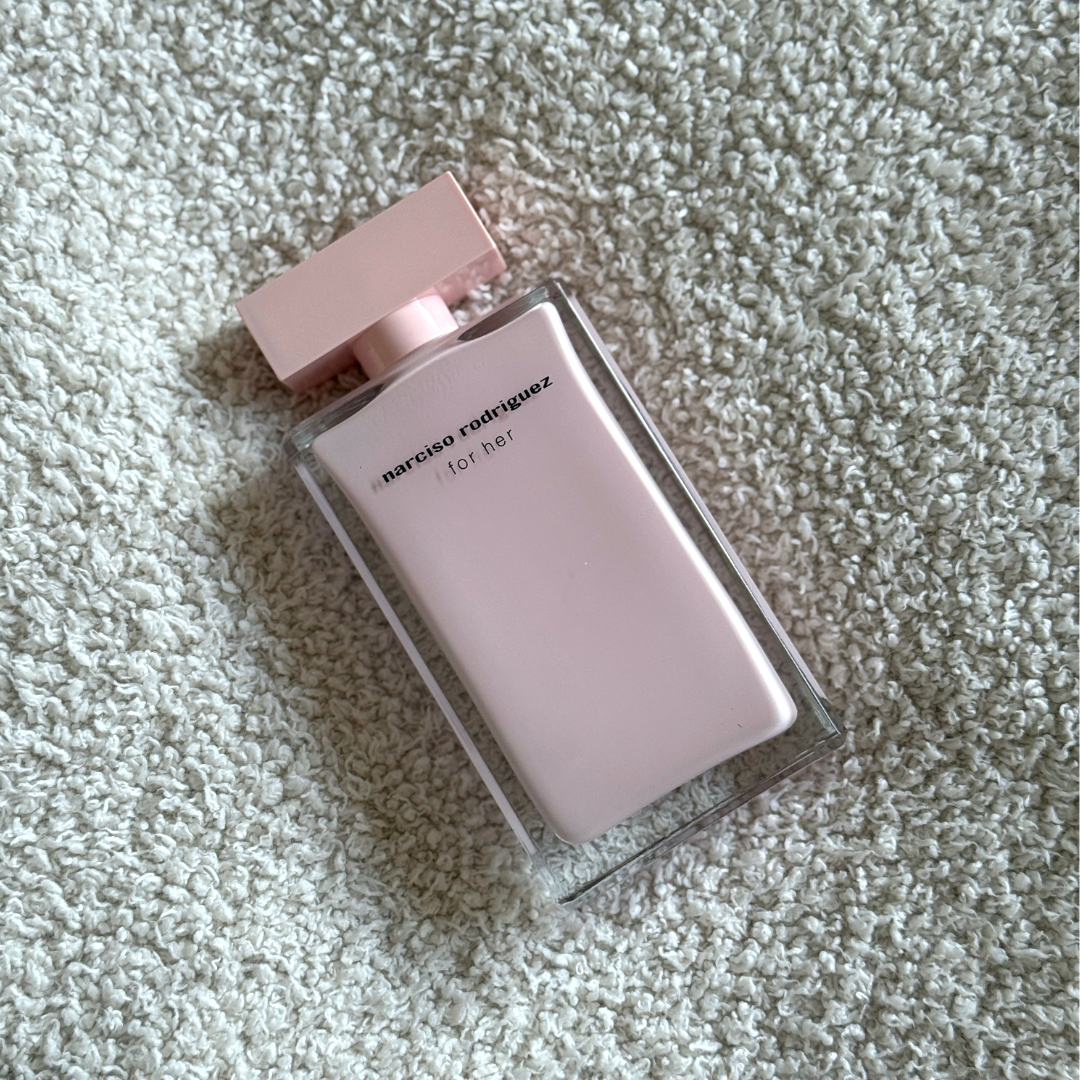 This perfume has been an icon for over 20 years, and for good reason—it’s soft, elegant, and oh so feminine
This perfume has been an icon for over 20 years, and for good reason—it’s soft, elegant, and oh so feminineFeminine but not *too* sweet
By Lucy Abbersteen
-
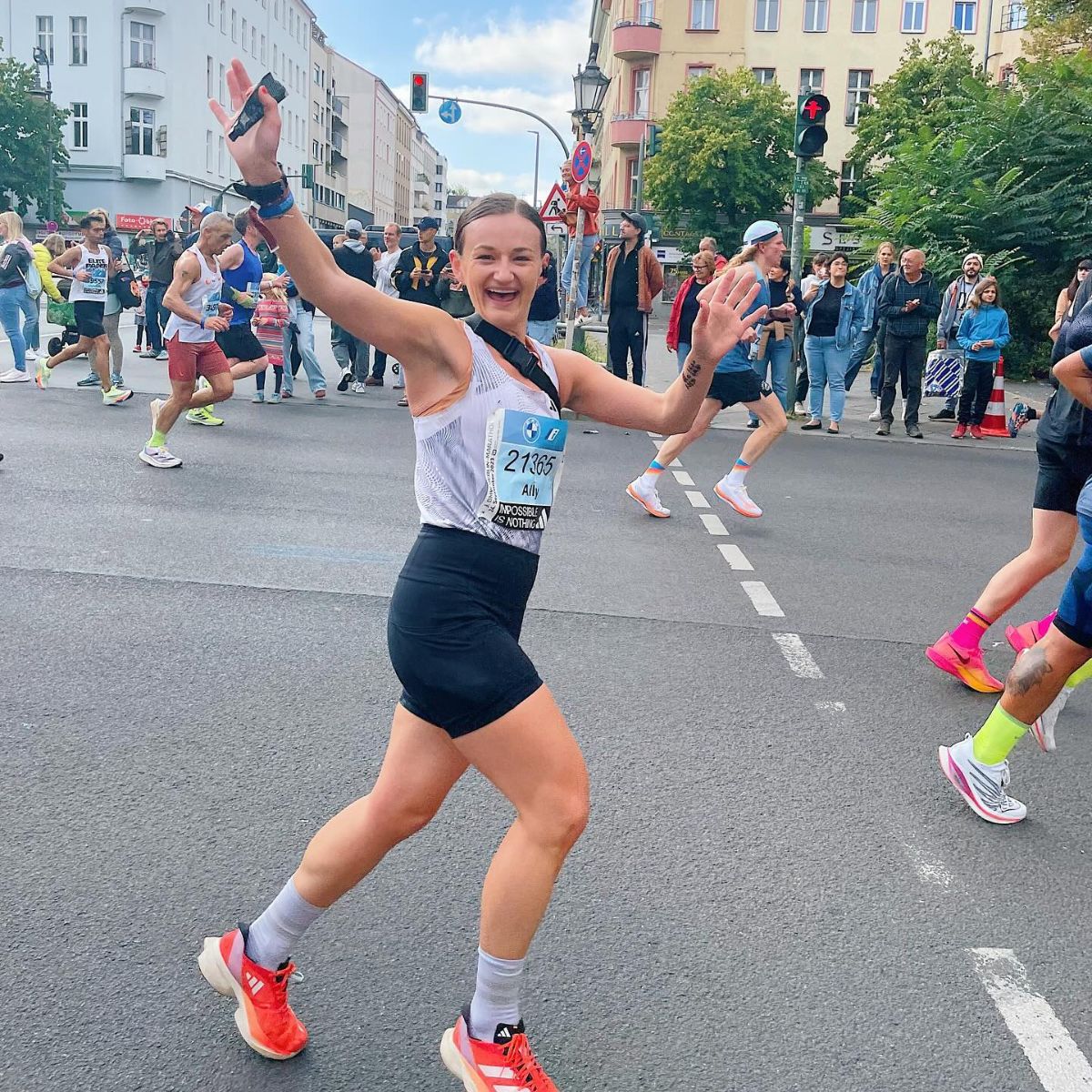 Got marathon fever? Trust us: these 12 running accessories will make any distance more manageable
Got marathon fever? Trust us: these 12 running accessories will make any distance more manageableOnce you try these, you won't look back.
By Amelia Yeomans